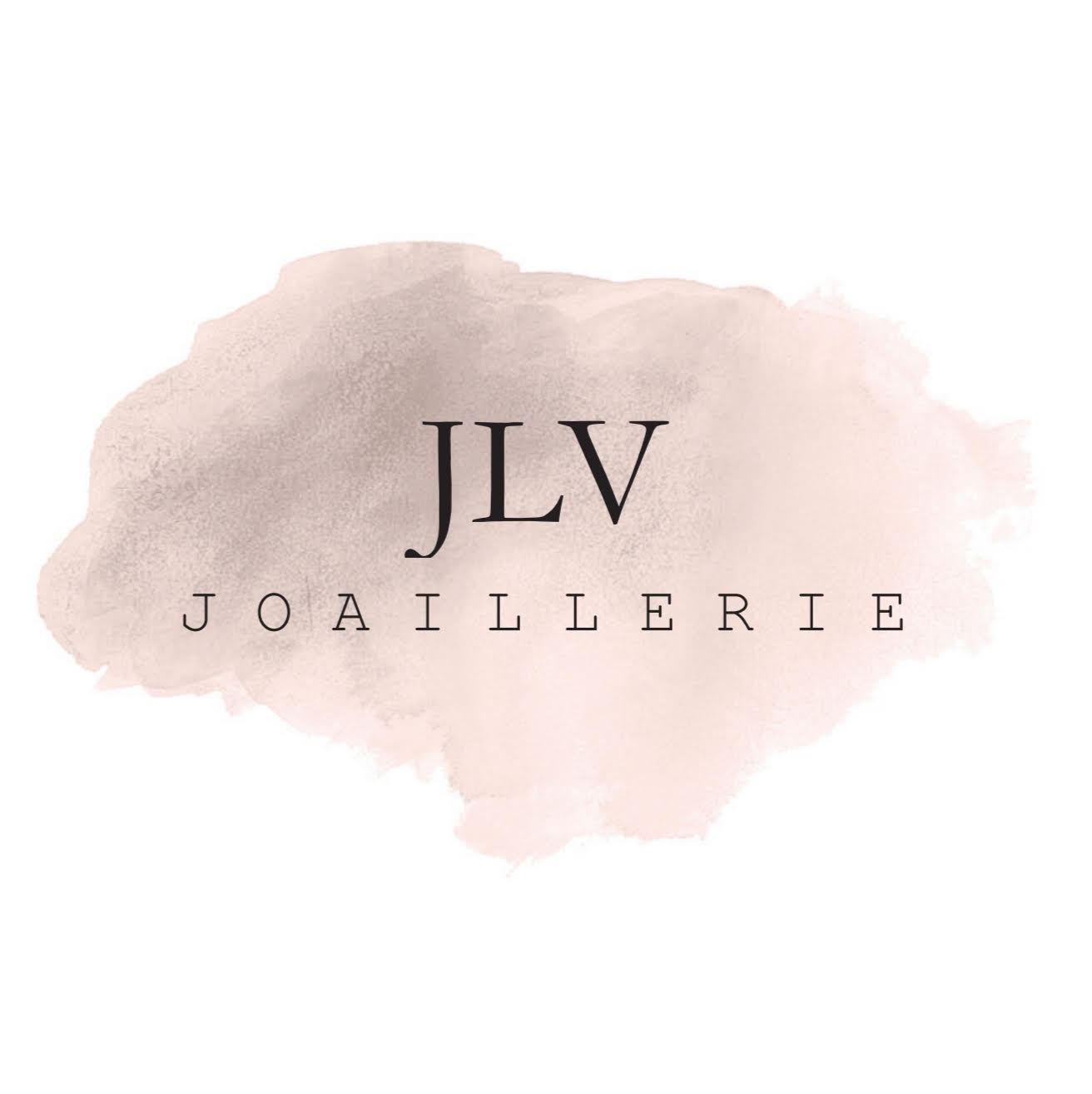All about Gold
- Johanna-Lou Vannson

- Jun 28, 2021
- 3 min read
18 carat gold, 9 carat gold, plated... But what does it mean? What is the best quality? Can I wash with my gold jewellery?
24 carat gold, 100% gold alloyed with no other metal, pure gold is not used much in jewellery, its soft and elastic consistency does not lend itself easily to all modelling. Pure gold is more likely to be cast in the form of ingots or large jewellery pieces, while fine works are usually made of gold alloys.
With 18 carat gold, you will have a jewel worthy of its name! Gold 750‰ is an alloy that contains 75% fine gold, giving it 1st place in resistance to the wear of time, corrosion, breakage and scratches. JLV Joaillerie calls it heirloom jewellery, as it stands the test of time and can be passed on from generation to generation.
The 14 karat gold, 585‰ gold is composed of 58.5% pure gold. Very strong, it is well suited to small works, often used for clasps on cultured pearl jewellery. It is also used in jewellery to have an in-between with 18 carat and 9 carat gold. This alloy also makes it easier to adapt to the customer's budget.
The 9 carat gold, 375‰ gold is an alloy that contains 38% fine gold. On the other hand it is more sensitive to corrosion, it should not be put in contact with oxidizing products, it could be altered more quickly than the 750‰ gold. And it is advisable, after a few seasons, to visit your jeweller to restore the shine and brilliance of your 9 carat gold jewellery. From experience, 9 carat white gold will yellow over time.
Finally, the gold plating technique consists of depositing a fine layer of gold on a base generally made of copper but also bronze or brass. The minimum gold content is 3 microns (in France) and 10 microns (in Switzerland). This technique wears out over time and disappears depending on the treatment you give your jewellery. Plating is cheaper than 9, 14 or 18 karat gold but as previously stated, it will not last over time.
If you are interested in investing in gold plating, I invite you to click here for more advice.
Rhodium plated gold, the term "rhodium plated" means a treatment to slow down the blackening of the metal, protect it and give it a brilliant shine. Gold plating is of better quality, more resistant to shocks and wear than gold plating.
Finally, Vermeil is not an alloy but silver coated with gold (750‰ for the plating and 800‰ for the silver). The gold layer should not be less than 5 microns. It is considered a precious metal.
PS: it is possible to rhodium plated gold to enhance the colour of the jewel and its polish.
What are the 18 carat gold alloys? Depending on the metal chosen in the alloy, the colour of the gold varies:
-Yellow gold: 75% pure gold, 12.5% silver, 12.5% copper.
-Pink gold: 75% pure gold, 5% silver, 20% copper.
-Red gold: 94.5% pure gold, 0% silver, 5.5% copper.
-White gold: 75% pure gold, 15% silver, 10% copper.
To know about white gold:
Banned in Europe, nickel (which used to be part of its composition) is absolutely forbidden, as it is a source of major allergies. The white gold marketed today is white gold covered with a thin layer of rhodium ("rhodium plated"). Unfortunately this layer disappears with time, giving a grey-yellow colour to the gold, to compensate for this wear it is possible to have a new rhodium bath at a jeweller.
Here are the different hallmarks to recognize your gold jewellery:
Translated with www.DeepL.com/Translator (free version)




Comments